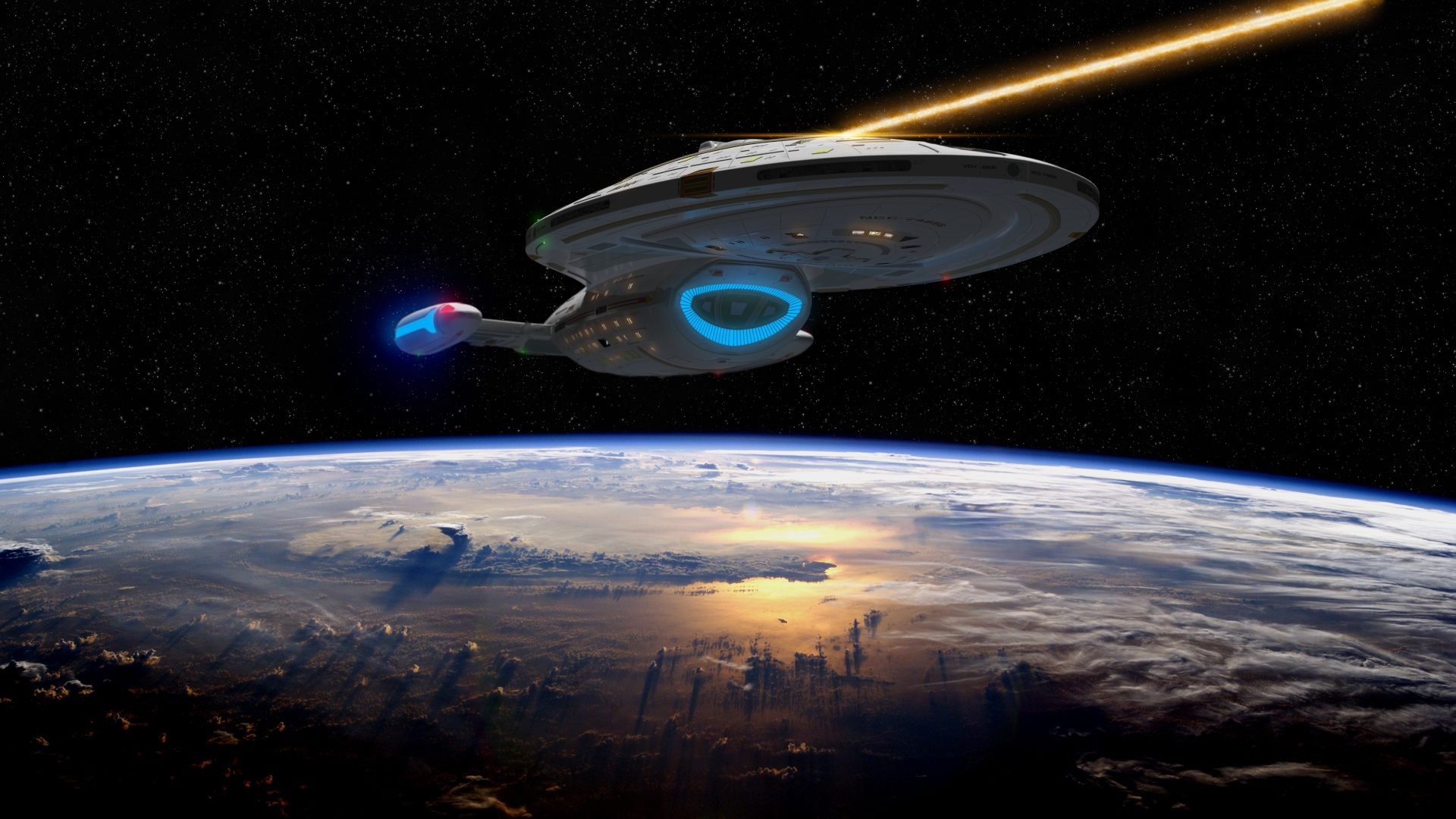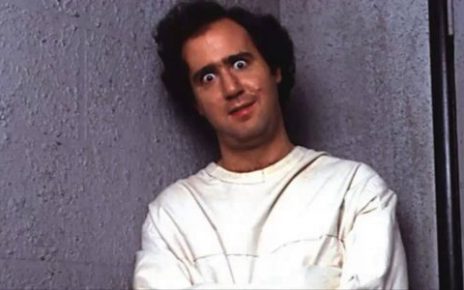Four years ago, celebrated physicist Stephen Hawking hosted a party, the ordinary type with drinks, Doritos, cold meats, and cheese sticks; none of this canapé and caviar stuff. However, as Hawking only publicized the get-together after it had ended, nobody came. See, the scientist’s party had an exclusive audience – time travelers, people from the future who could RSVP in retrospective – their absence lending weight to the argument that time travel is impossible.
That’s right, Doctor Who lied to us.
Popular Culture
It’s perhaps a little ironic that one of the most convoluted parts of astrophysics readily transfers to popular culture, as evidenced by the fact that time travel is a go-to plot device for industries as disparate as film, casino, and gaming. Everybody has heard of Red Dwarf, Star Trek, and Einstein’s timeline-changing defeat of Adolf Hitler in Command & Conquer but even traditional industries like bingo have benefited from “timey-wimey stuff”.
For instance, along with 90, 80, 75, and pattern style bingo, the games on Fabulous Bingo’s website include Treasure Time Traveller, a match-three scratch card that lets the player choose a destination in time, from the 8th century to the 18th and beyond. Fabulous Bingo’s slot games also visit interesting points in history – Beowulf offers a glimpse at a virtual 700AD while Cleopatra’s Chest is a game based in Ancient Egypt. It’s a modern take on an old wish – that we can go where we like in time or space.
So, just over 100 years after Albert Einstein ruined the lives of physics students with his theories of special and general relativity, a body of work that talks about bending time as well as speeding it up and slowing it down, has the Doctor Who lifestyle finally been rubbished for good or is time travel still something humans can achieve? The simple answer is both “yes” and “no.”

Time Travel
Let’s start with the bad news: there are a hundred reasons why going back in time is impossible. Ignoring problems like the butterfly effect (small changes can have massive consequences, as shown in the plot of the Star Trek Voyager two-parter Year of Hell) and the grandfather paradox (if you killed your ancestor in the past, you would never have existed to kill your ancestor), the energy required to travel backwards may be half of all that exists in the universe.
The big issue is that cause and effect is a basic law of the universe – you can’t chew a sandwich before you’ve bitten into it – so you’d have to subvert nature itself to travel back in time. The true possibilities exist around things like wormholes and black holes, two phenomena that do what they want anyway. Theoretically, a number of wormholes linked together (around eight or so) could create a time machine but that kind of cosmic DIY still needs more power than scientists in 2017 can provide.

Black Holes
Time travel in the context of rushing it forward or slowing it down is very real though. To paraphrase Einstein, time and space are inextricably linked, to the extent that a particle traveling close to the speed of light experiences time at a much slower rate than its observers. Put another way, if you go fast through space, you go slow through time. And in a real universe example, objects racing into black holes go so fast that they appear to stop moving altogether.
Interstellar, a movie created around the latter premise, introduced the world to the concept of time “dilation” by having characters in two different places experience the passage of hours and days differently: on the planet Miller, located close to a black hole called Gargantua, one hour is seven Earth years. It’s a scary idea but not as frightening as the fact that the science in the movie is a “lite” version of the real thing.
So, what’s the best career plan for a budding time traveler? Become a cosmonaut. According to Universe Today, Sergei Krivalev exists 0.02 seconds in the future due to the fact that time is dilated aboard the International Space Station. It took him 803 days 9 hours and 39 minutes for him to get there though. Watching the end of the Earth in the year 5 billion with Christopher Ecclestone might be a little sillier than we’d feared.




